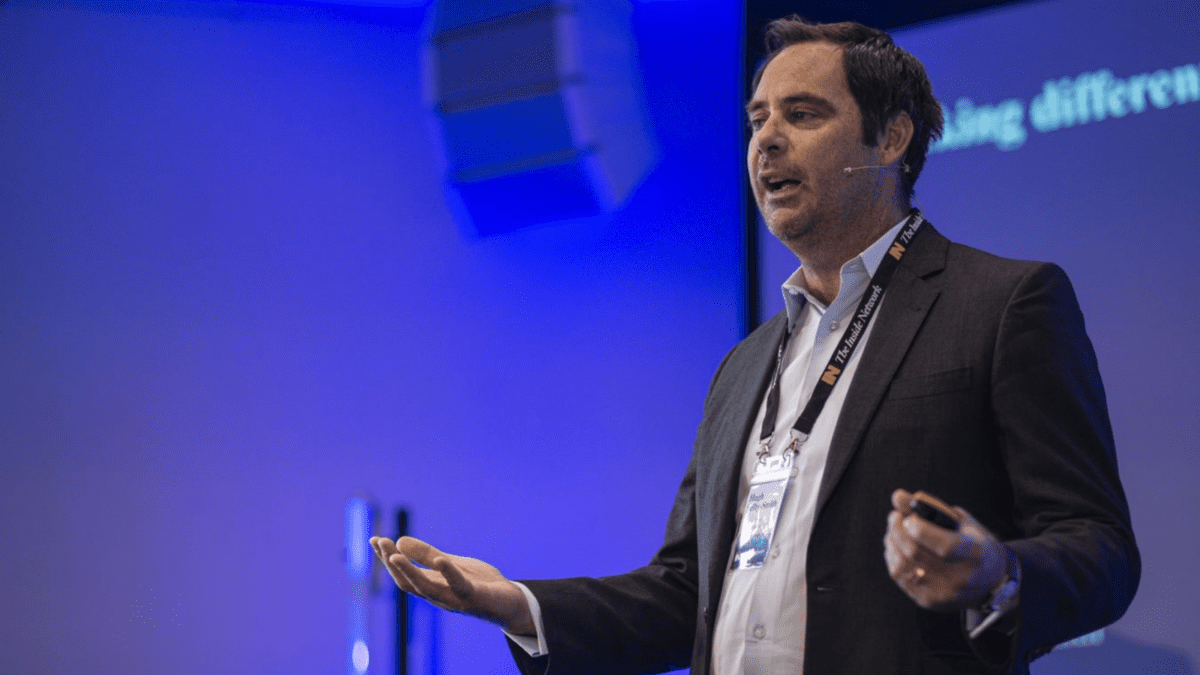In equities and fixed income, it’s time to think about correlation
With uncertainty over the direction of interest rates still dominating market outlooks, portfolio diversification remains key for investors but might seem harder to nail down. But differentiated strategies for both equities and fixed income can help manage risk and correlation for better return outcomes, whatever happens next.
That was the message of Hugh Selby-Smith, co-chief investment officer at Talaria Capital, and Blair Reid, senior portfolio manager at Bluebay Asset Management, at The Inside Network’s inaugural Investment Leaders Forum held recently in Queenstown, New Zealand. Along with Atchison Consultants principal Kevin Toohey, they were discussing ways to add long-term diversification benefits to traditional and benchmark-hugging approaches, using a forward-looking lens to manage risk.
“A strategy’s return is far less important than the investor’s exposure to that return at the right time,” said Selby-Smith, who noted that historically low correlation, high portfolio concentration and narrow leadership from fund managers are creating interesting opportunities. “It’s not about the best-performing strategy – it’s about your clients being in the strategy when it performs. And they’re really two different things.”
According to Reid (pictured), “in an ever more connected world, it’s harder and harder to deliver portfolios that are uncorrelated to other assets.”
Investors can diversify by style, return type and region, Selby-Smith explained, adding that backward-looking data can provide a useful lens for considering sector performance. It’s no surprise that technology, for instance, is currently expensive relative to its history, and that sectors like financials and materials are cheap amid concerns about economic growth and leverage in the system.
Selby-Smith also discussed volatility risk premium, saying there are two aspects to uncorrelated returns. “You want it to be uncorrelated to the thing in your portfolio that you’re anxious about, and you want it to have a positive carry, ideally, so you’re getting paid to hold it.” In other words: “will I get the payoff, but equally, how much will it cost?”
Toohey said when Atchison builds multi-asset strategies, it starts with a reference portfolio and a view about relative value, then sets a bucket approach for asset classes using the reference point to measure performance and risk against.
“We then take that down into implementation, make decisions about if we’re going to access those betas via passive or active managers, and then we try to build it back up – try to put those portfolios back together and understand what the correlation matrix looks like.”
Fixed-income opportunity set
Reid spoke about how recent economic changes have brought renewed relevance to fixed income. “What has changed fixed-income markets, not surprisingly, is that risk-free rates have gone up, so yields are very much back.” There are a lot of bonds around, he said – the fixed-income market is roughly US$300 trillion, compared with the $125 trillion equities market – and higher yields have made them more attractive.
He also pointed to the energy transition, which is expected to cost at least another $100 trillion and will likely be largely financed in bonds.
The makeup of the market has also changed sizeably, with many investment-grade corporates shifting into high-yielding assets over the past decade, Reid said. “Now, we see a little bit of migration back as investors can get the types of yields they want from high-quality fixed income.”
And for investors seeking income, he pointed to the contractual nature of fixed-income cash flows, which provides more income certainty compared with equities.
The question is whether it’s worth taking credit risk to try to harvest income above attractive cash rates, he said.
“Fundamentally, it just comes back to what are the cash flows, and what is the probability of getting them,” Reed said. Investors should focus on the spread, or the extra return they’ll receive, rather than the all-in yield, which is dictated by changing risk-free rates.
“One thing investors are very interested in is the idea of peak yield, when a yield is going to be at the highest possible level so I can just buy these bonds and if nothing defaults over a five-year view, I’ll earn a great yield,” Reid said. “In terms of risk-free, you’re obviously very close. And as rates get cut, you make money in bonds.”









